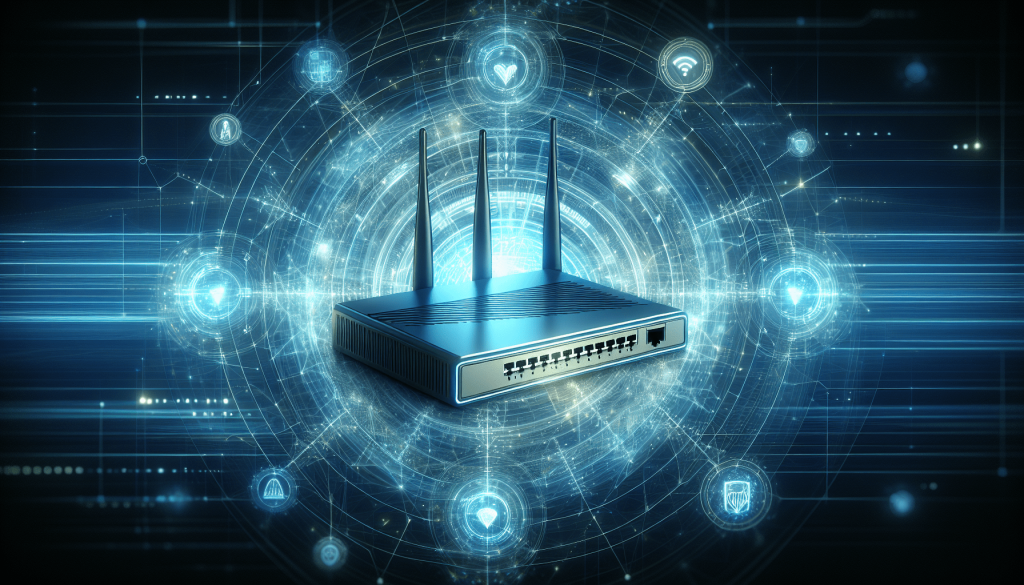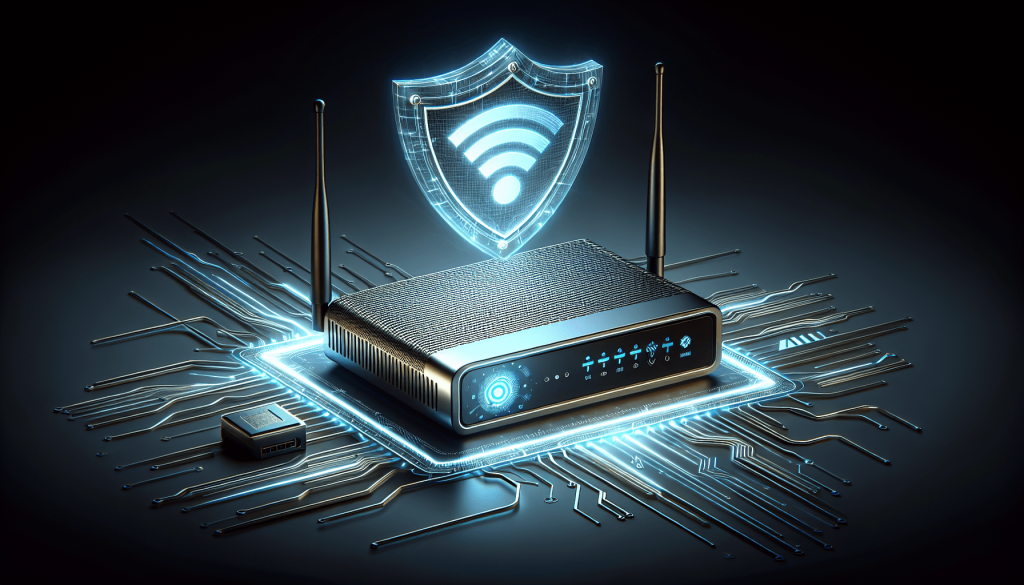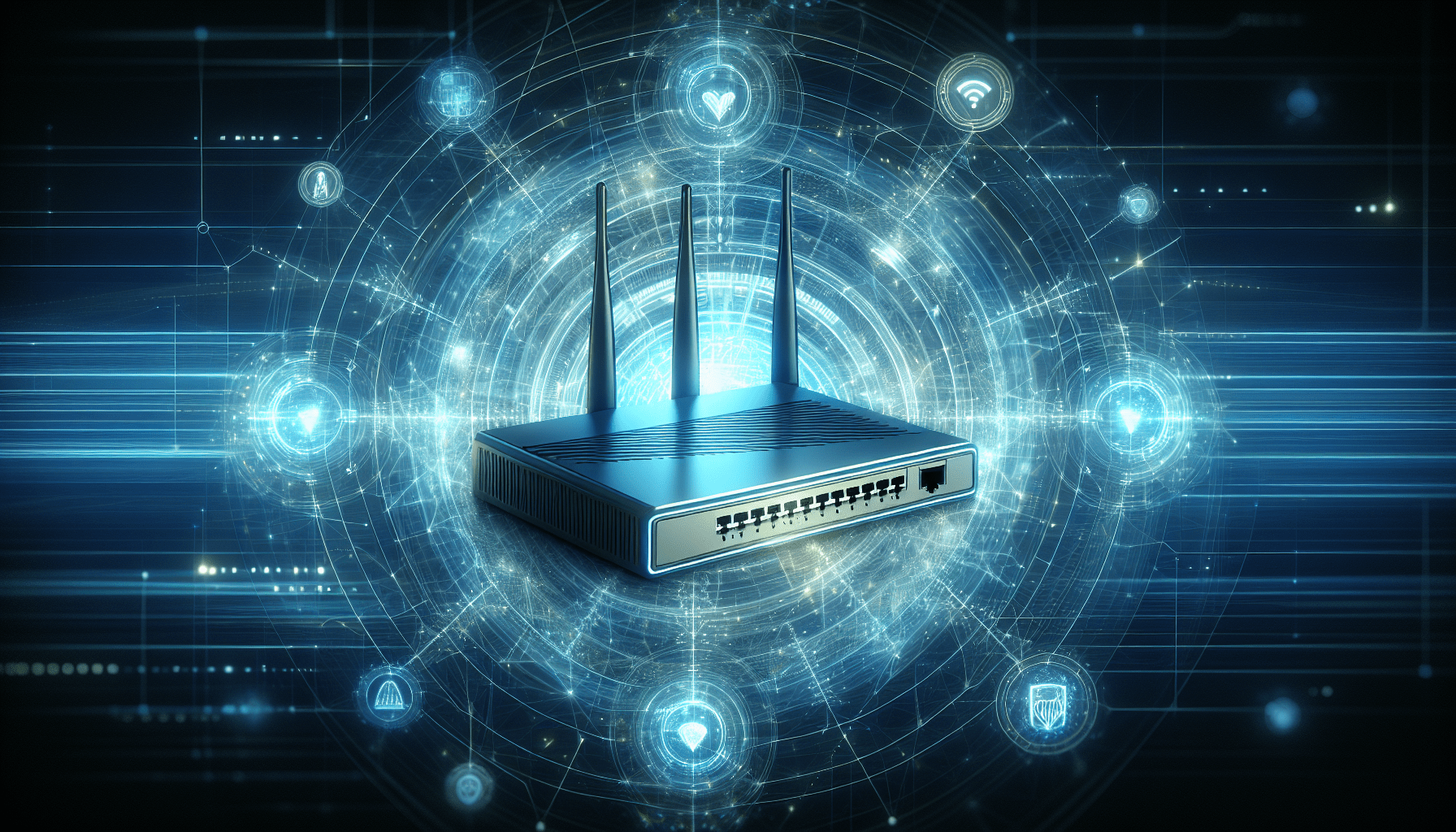If you’re looking to give your router a performance boost and ensure that it stays secure, upgrading its firmware is the way to go. By keeping your firmware up to date, you can experience improved functionality, enhanced security features, and even speedier internet connections. In this article, we’ll explore some expert tips on how to upgrade your router’s firmware effortlessly, so you can become a pro at keeping your network in top shape. So, grab your router and get ready to unleash its full potential!
Why Upgrade Your Router’s Firmware
Upgrading your router’s firmware is essential for ensuring that you reap the maximum benefits from your device. Firmware upgrades offer various advantages, including enhanced security, improved performance, and increased stability. By keeping your router’s firmware up to date, you can protect yourself against potential security vulnerabilities, optimize your internet speed, and enjoy a smoother browsing experience.
Benefits of Firmware Upgrades
Security Vulnerabilities
One of the most critical reasons to upgrade your router’s firmware is to address security vulnerabilities. Hackers are constantly developing new techniques to exploit weaknesses in networking devices, which can leave your network and personal information at risk. Firmware upgrades often include security patches that close these vulnerabilities and protect your network from potential attacks. Keeping your firmware updated is crucial for safeguarding your privacy and ensuring a secure browsing experience.
Performance and Stability Improvements
Firmware upgrades can significantly enhance the performance and stability of your router. These updates often include bug fixes and optimizations that improve the overall functioning of the device. By upgrading your firmware, you can experience faster internet speeds, reduced lag, and a more reliable connection. Whether you use your router for work, gaming, or streaming, a firmware upgrade can greatly enhance your online experience.

Preparing for Firmware Upgrade
Before proceeding with a firmware upgrade, it is essential to take a few preparatory steps to ensure a smooth process.
Check Compatibility
Firstly, check your router’s compatibility with the latest firmware version. Visit the manufacturer’s website or consult the router’s user manual to determine whether your model supports the upgrade. Installing an incompatible firmware version can lead to unexpected issues, so it is crucial to verify compatibility beforehand.
Backup Current Settings
To avoid any potential data loss or configuration issues, it is advisable to create a backup of your router’s current settings. Many routers offer an option to export current settings as a file, which can be easily restored after the firmware upgrade. This step ensures that you can quickly revert to your previous settings if any issues arise during or after the upgrade process.
Ensure Stable Internet Connection
It is essential to have a stable internet connection throughout the firmware upgrade process. A loss of internet connectivity can disrupt the upgrade and potentially cause issues with the router. Ensure that your router is connected to a stable power source and that no scheduled activities or downloads are in progress during the upgrade.
Finding the Latest Firmware Version
Discovering the latest firmware version for your router can be done through several methods.
Manufacturer Website
The most reliable source for firmware updates is the manufacturer’s website. Most reputable router manufacturers maintain support sections on their websites, where they provide the latest firmware versions available for each router model. Visit their website and search for your model to find the appropriate firmware upgrade.
Router Admin Interface
Many routers provide options within their admin interfaces to check for firmware updates automatically. Access your router’s admin interface by entering its IP address in your web browser and navigate the settings menus to locate the firmware upgrade option. If available, this method offers convenience since it eliminates the need to manually search for the latest firmware.
Automated Tools
There are also automated tools available that can scan your router and determine if a firmware upgrade is required. These tools can simplify the process by automatically downloading and installing the latest firmware version for compatible routers. Ensure you choose a reputable and trustworthy automated tool to avoid any potential security risks.

Downloading the Firmware
Once you have found the latest firmware version for your router, it is time to download it.
Choosing the Correct Firmware
Ensure that you select the correct firmware version for your router model. Using an incorrect firmware version can cause compatibility issues and potentially render your router inoperable. Double-check the model number and version of your router before proceeding with the download.
Saving the Firmware File
After downloading the firmware file from the manufacturer’s website or another trusted source, save it to a convenient location on your computer. Remember the location of the file, as you will need it during the firmware upgrade process.
Verifying the File’s Integrity
Before proceeding with the firmware upgrade, it is good practice to verify the file’s integrity. Many firmware files come with a checksum or hash value provided by the manufacturer. Use a hashing tool or an online checksum verifier to compare the downloaded file’s hash with the one provided by the manufacturer. This verification step ensures that the file has not been tampered with or corrupted during the download process.
Updating Router Firmware
Now that you have the appropriate firmware file downloaded and verified, you can proceed with updating your router’s firmware.
Accessing Router Admin Interface
Enter your router’s IP address into your web browser to access its admin interface. You will typically need to enter login credentials, such as a username and password, to access the settings. If you haven’t changed these credentials before, refer to your router’s user manual or the manufacturer’s website for the default login information.
Locating Firmware Upgrade Option
Once you have accessed the router’s admin interface, navigate to the firmware upgrade section. Depending on your router’s brand and model, this option may be located under different tabs or menus. Look for labels such as “Router Upgrade,” “Firmware Upgrade,” or “Administrator Tools” to locate the appropriate option.
Uploading the Firmware File
Within the firmware upgrade section, there will be an option to upload the firmware file you previously downloaded. Click on the “Browse” or “Choose File” button and select the firmware file from your computer. Follow the on-screen instructions to initiate the firmware update process. Do not interrupt the upgrade process or turn off the router during this time.
During the Firmware Upgrade
While the firmware is being upgraded on your router, it is crucial to follow a few guidelines to ensure a successful update.
Do Not Turn Off the Router
During the firmware upgrade process, it is essential not to turn off or unplug the router. Interrupting the upgrade can result in a bricked router or other issues. Patience is key during this stage, as the upgrade may take several minutes to complete. Avoid using the internet extensively or performing any intensive network tasks during this time to prevent any disruptions.
Allow Sufficient Time for Update
Since firmware updates can vary in duration, it is essential to allocate sufficient time for the upgrade. Avoid scheduling the update when you are expecting heavy internet usage or during critical tasks. If you are uncertain about the update time, it is best to perform it during off-peak hours to minimize any inconvenience.
Post-Upgrade Steps
After successfully upgrading your router’s firmware, there are a few recommended steps to follow to ensure the smooth functioning of your network.
Resetting Router to Factory Defaults
Although not mandatory, resetting your router to factory defaults after a firmware upgrade can help eliminate any potential conflicts or lingering issues. This step ensures that the router is starting with a clean slate and can maximize the benefits of the new firmware.
Restoring Backup Settings
If you previously created a backup of your router’s settings, it is time to restore them. Navigate to the appropriate option within the admin interface and select the backup file you created before the firmware upgrade. Follow the instructions to restore the settings. This step saves you from the hassle of reconfiguring your router from scratch.
Testing Internet Connectivity
After completing the firmware upgrade and restoring the backup settings, it is vital to test the internet connectivity to ensure everything is working correctly. Check your devices’ connection, browse websites, and perform network-dependent tasks to verify the stability and performance of your network. If you encounter any issues, refer to your router’s user manual or consult the manufacturer’s support for troubleshooting tips.
Dealing with Firmware Upgrade Issues
While firmware upgrades typically go smoothly, there can be instances where issues arise. Here are a couple of common scenarios and some suggested steps to resolve them.
Failed Upgrade
In the event of a failed upgrade, where the firmware installation process stops or encounters an error, take a deep breath and remain calm. Start by power cycling your router—turn it off, wait for a few seconds, and then turn it back on. Access the router’s admin interface and repeat the firmware upgrade process. If the issue persists, consult the manufacturer’s support resources or reach out to their customer support for further assistance.
Bricked Router
If, unfortunately, your router becomes unresponsive after a firmware upgrade, it may be considered “bricked.” A bricked router typically does not function at all, and its normal operations are hindered. In such cases, try performing a factory reset by holding down the reset button on the router for around 10-15 seconds. If the router still fails to respond, it may require professional repair or replacement. Contact the manufacturer’s support to explore potential repair options.
Regularly Checking for Firmware Updates
To ensure your router continues to perform optimally and remains secure, it is crucial to regularly check for firmware updates.
Setting Up Automatic Updates
Some routers offer the option to enable automatic firmware updates. Enabling this feature ensures that your router checks for updates and installs them automatically when available. It eliminates the need for manual checks and keeps your router up to date with the latest security patches and performance improvements. Refer to your router’s user manual or consult the manufacturer’s website for instructions on configuring automatic firmware updates.
Periodic Manual Checks
If your router does not support automatic updates, make it a habit to periodically check for firmware updates manually. Set reminders to visit the manufacturer’s website or access the admin interface and check for any new firmware versions. Regular manual checks ensure that you do not miss out on important updates that can enhance your router’s performance and security.
Conclusion
Upgrading your router’s firmware is a simple yet crucial task to safeguard your network’s security, enhance performance, and improve stability. By following the steps outlined in this article, you can confidently upgrade your router’s firmware like a pro. Remember to check compatibility, backup settings, and ensure a stable internet connection beforehand. Regularly check for firmware updates and enjoy the benefits of improved security, increased speed, and a smoother browsing experience. Stay updated, and your router will continue to provide you with better performance and enhanced security for the long run.
